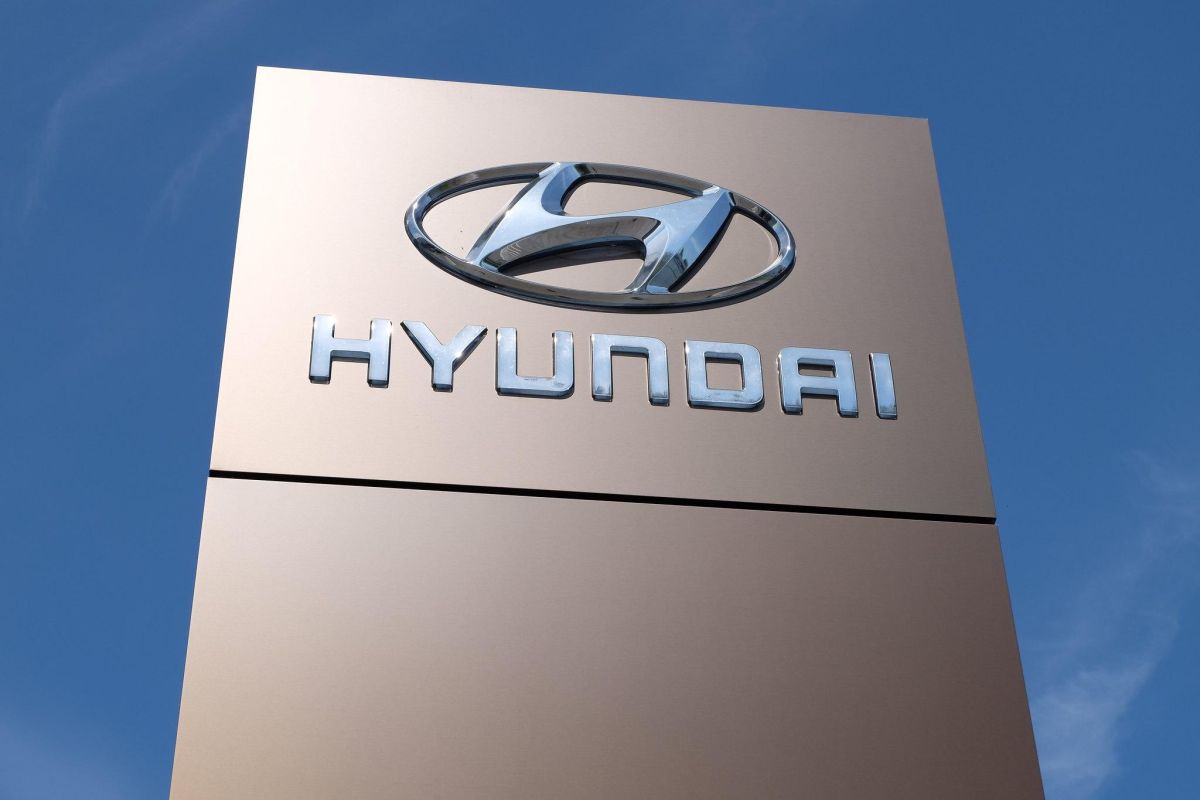Hyundai recently announced it updated its official position statement to require both pre- and post-repair system scanning as part of a proper and complete repair.
In the position statement, the word “recommended” was replaced with “required” to ensure quality repairs, said John Brown, senior manager of Hyundai’s wholesale parts sales operations.
“We understand the difference in just that one change in verbiage,” Brown said. “Hyundai jumped right on this. It wasn’t something that took months and months. The company realized how important it was to act as quick as possible when it was brought to their attention.”
Brown said the change emphasizes the value of pre- and post-repair system scans, helping shops have clearer conversations about why they are needed.
“That wasn't the No. 1 reason why we made the adjustment; again, it's about the quality repair and making sure customers are satisfied and taken care of,” Brown said.
Ensuring top repair quality contributes to customer satisfaction, which in turn leads to better customer retention.
“There tends to be a higher defection rate after an accident.” Brown said. “Customers often associate their overall experience with the brand, so it is important that they feel supported, safe and confident throughout the repair process, and that their vehicle is restored as quickly and thoroughly as possible.”
What’s Changed?
The updated position statement clarifies the essential role of diagnostic scans in identifying and validating electronic system performance before and after repairs to ensure all onboard systems are functioning as intended, especially with today’s ADAS features.
• Pre-repair scanning is now required to identify any Diagnostic Trouble Codes (DTCs) present before repairs begin, even if no dash lights are illuminated.
• Post-repair scanning is required to verify that all vehicle systems are properly restored and functioning after repairs are completed.
What This Means for Repairers
Brown said Hyundai has a strong nationwide network of certified body shops.
Repairers should expect a higher level of diagnostic scrutiny now that pre- and post-repair scans are officially “required.” They should also be prepared to document scan procedures thoroughly.
Shops also should ensure their scan tools are Hyundai-compatible and up to date. Brown said Hyundai and Genesis offer J2534 diagnostic tool software, supporting vehicles from model year 2018 and newer, which works with a compliant pass-thru vehicle communication interface (VCI) device.
Finally, shop managers should make sure their technicians understand the scans are now required for Hyundai vehicles.
“That one-word change agrees to excellence in how we expect the vehicles to be repaired,” Brown said. “Technicians must be made aware of the change and understand that it's not optional — it is required — and move forward accordingly.”













Abby Andrews